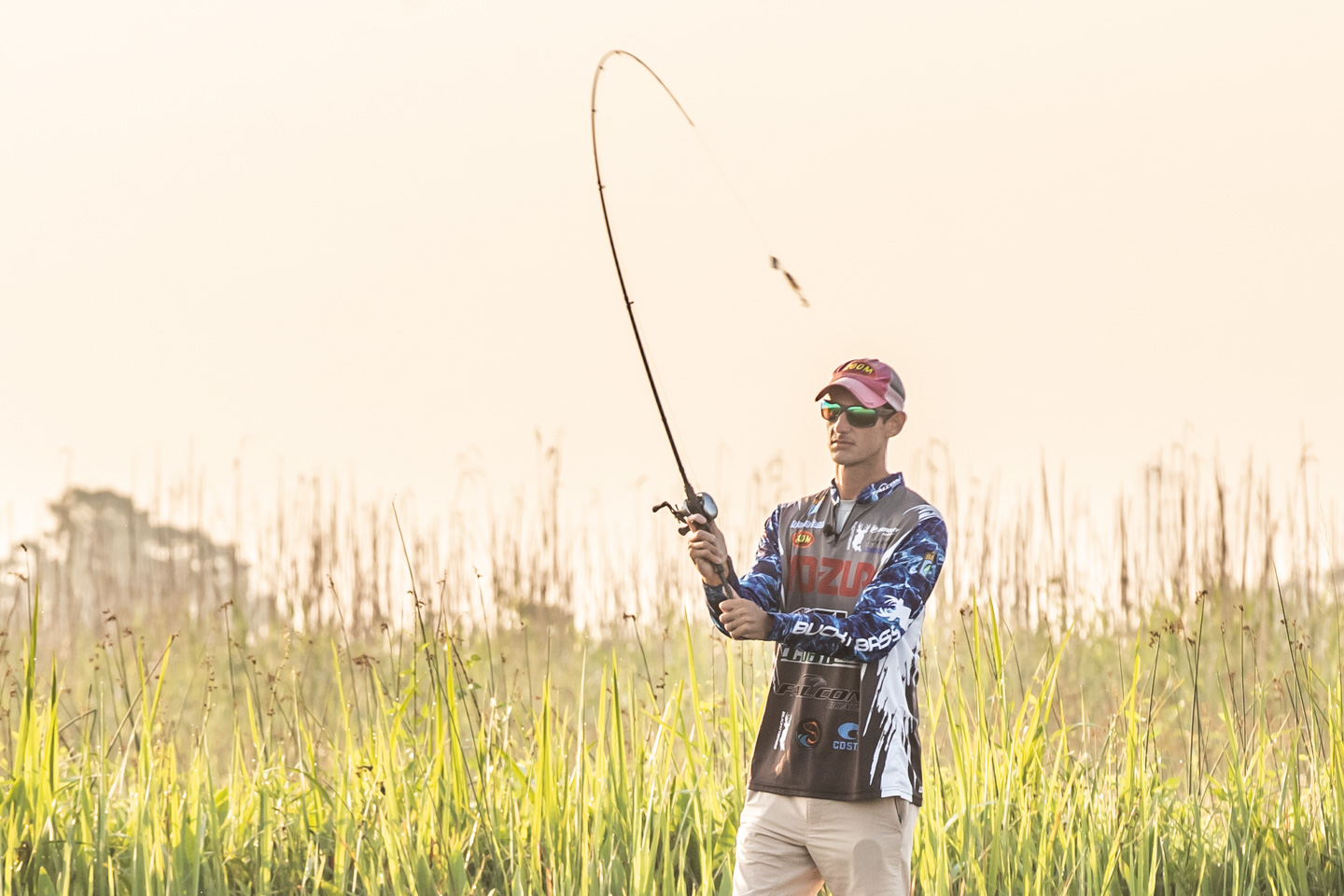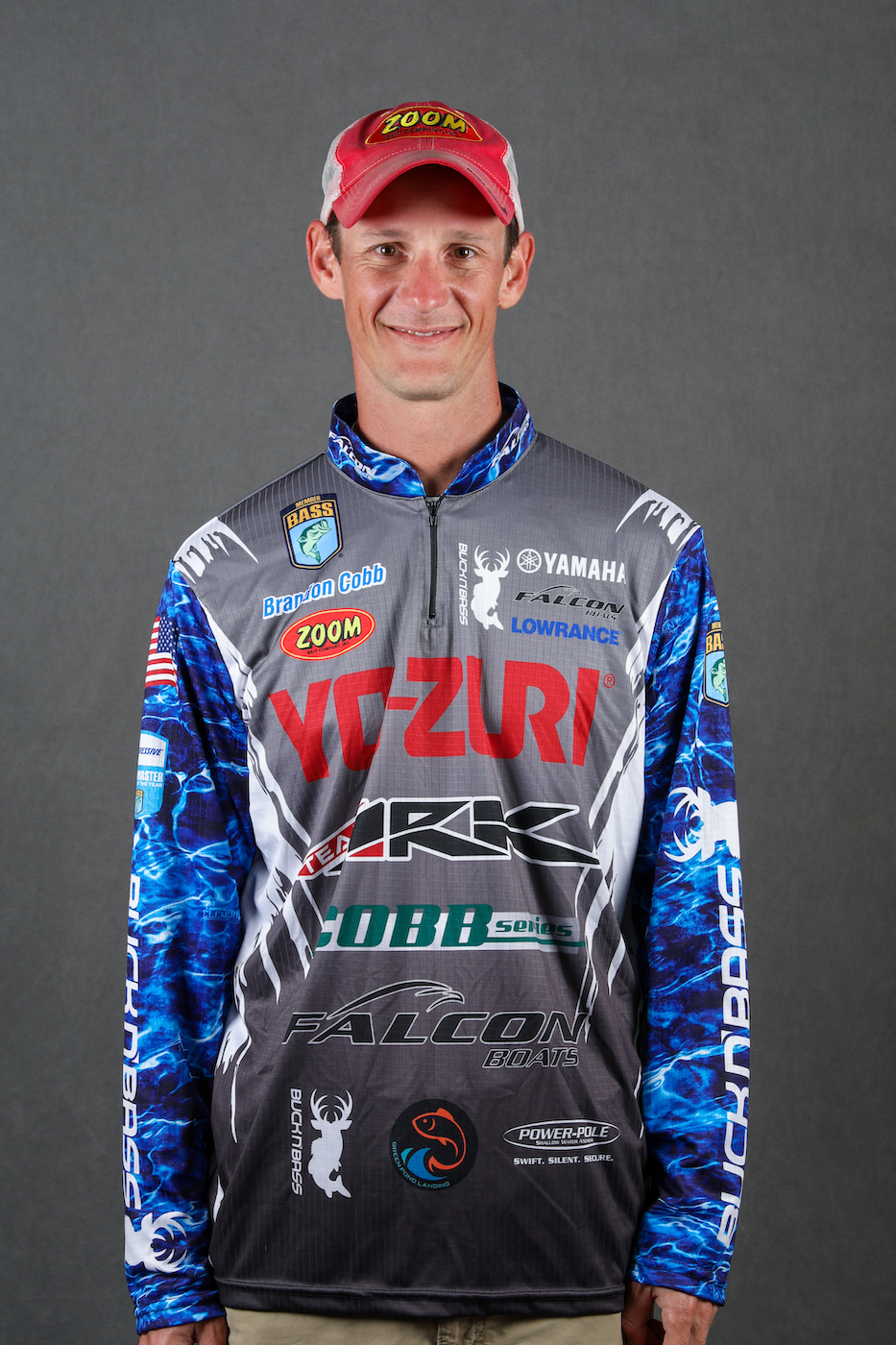
For three of the first six Elite Series events, I was fortunate enough to lead the Angler of the Year points standings. After a tough event at the Sabine River, I slipped to second. After taking some time to reflect on the first 2/3 of the season, I see a few points worth sharing.
Just being in second place now won’t impact my mindset or my game plans going forward. However, when I had a large lead going into the Sabine, I probably practiced a little on the safe side.
I didn’t want to make a big run and, even though it worked out for a lot of people it didn’t work out for me. I guess, when you have a big buffer, it makes a difference; but when the standings are tight, it really doesn’t.
Basically, it’s good to be high in the points, but when you feel like you have something to lose, it can affect your decision making.
The other consideration here is that the Elite season will conclude with three northern events. I’ll admit, I feel more comfortable in southern fisheries than northern waters, so even though I would have liked to go up north leading AOY with a buffer, I’m actually in a pretty position.
I’m not disappointed with being in second when it’s a tight race, because leading adds a lot more eyes on you and a lot more pressure with a camera on Day 1 and a lot of spectator boats. Those things are nice to an extent, but they add more challenges that you don’t have to deal with when you’re not leading.
It’s not that you don’t want publicity and attention, but it makes for a more challenging scenario, especially on waters I’m not really confident in. I’ve done okay at Lake St. Clair and Lake Champlain, but the St. Lawrence River and Lake Ontario have always been more difficult for me.
It’s not that I’m not confident with the forward facing sonar techniques that tend to dominate that event; I can do it, but that’s not my favorite thing to do.
I know people catch them shallow up there, but I tend to find myself fishing the bank for largemouth for an hour, then I’m like, “What am I doing?” and I go back out, then I move back to the bank again and I’m like, “What am I doing?”
What goes through your head at the St. Lawrence is the weights have varied so much year to year on what it takes to do well. If could be anywhere from 16 1/2 pounds a day to get a check, up to nearly 20 a day last year.
You could fish for largemouth and do okay, but it’s just so hard to know what you need up there. I’ll have to do some online research and combine that with how big the smallmouth seem the first day of practice.
As far as the AOY race, I think at this point in the year and earlier, it doesn’t change your game plan at all. But toward the end of the year, it could impact your strategy more if you had a big points lead; or if you needed to gain a lot of points and winning was the only way to do that.
In either case, it might be worth it to take risks. Or vice versa, if you have a 50-point buffer to win AOY, then you just need to get a check, so you may not want to take any risks.





